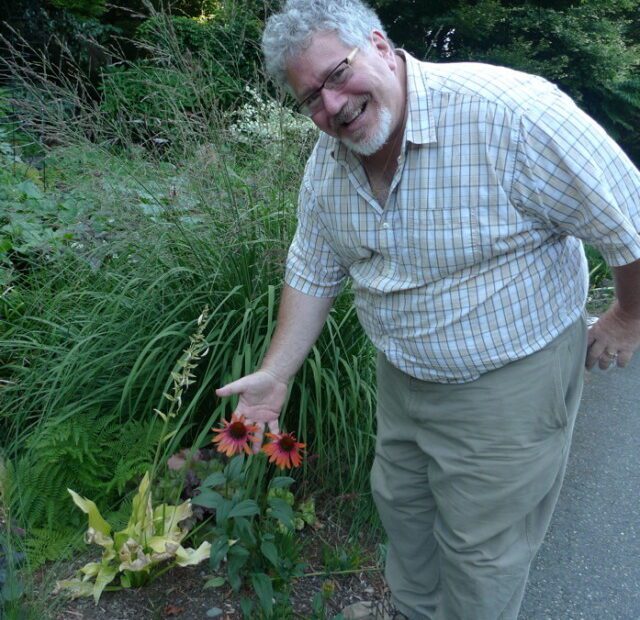Unleashing a vibrant tapestry of colors and medicinal wonders, few flowers rival the majestic presence of the brilliant echinacea. Revered for its immune-boosting properties and enigmatic beauty, this enchanting plant has found its way into gardens and herb enthusiasts’ hearts worldwide. However, navigated by darker forces in our gardens, echinacea’s harmonious nature can be disrupted by ill-suited companions. Step cautiously, dear gardening enthusiasts, as we embark on a journey to uncover the hidden truths of what not to plant with our beloved echinacea. Join us as we traverse the boundaries of horticultural compatibility, shedding light on the forbidden unions that may negatively impact the growth, vitality, and innate allure of this enchanting blossom. Brace yourself, for behind echinacea’s captivating façade lies a complex web of botanical connections that demand our utmost attention and devotion.
Mistakes to Avoid: Incompatible Planting Choices for Echinacea
Echinacea, also known as the coneflower, is a beautiful and hardy perennial that can add a splash of color and attract pollinators to your garden. However, when it comes to planting echinacea, there are a few mistakes that you’ll want to avoid. Incompatible plant choices can not only hinder the growth and health of your echinacea, but they can also negatively impact the overall aesthetic of your garden.
First and foremost, it’s important to avoid planting echinacea near aggressive, spreading plants. Echinacea has a clumping growth habit and can easily be overrun by fast-spreading species such as mint or creeping thyme. These plants can outcompete the echinacea for resources, leading to stunted growth or even death. Instead, opt for companion plants that have a similar growth habit and won’t overpower the echinacea.
Another mistake to avoid is planting echinacea in areas with poor drainage. Echinacea prefers well-drained soil and can suffer from root rot if it sits in waterlogged conditions for extended periods. Avoid planting it in low-lying areas or areas where water tends to pool during heavy rain. Instead, choose a location with good drainage or consider amending the soil with organic matter to improve drainage. Remember, healthy roots lead to healthy plants!
Now, let’s take a look at some features and tips to keep in mind when it comes to planting echinacea:
| Feature/Tips | Description |
|---|---|
| Full sun | Echinacea thrives in full sun conditions, so make sure to provide it with at least 6 hours of direct sunlight per day. |
| Well-drained soil | As mentioned earlier, echinacea prefers well-drained soil. If your soil is heavy or clay-like, consider adding compost or sand to improve drainage. |
| Deadheading flowers | To encourage continuous blooming, remove faded flowers by deadheading. This will also prevent self-seeding and help maintain a tidy appearance. |
Remember, proper planning and compatibility are key when it comes to planting echinacea. By avoiding incompatible plant choices and providing the right growing conditions, you’ll ensure that your echinacea thrives and adds beauty to your garden for years to come. Happy gardening!

Understanding Echinacea Companion Plants: What Does Not Pair Well
Echinacea, also known as the Coneflower, is a stunning and vibrant addition to any garden. Not only does it add a burst of color with its daisy-like petals, but it also attracts beneficial insects like bees and butterflies. However, when it comes to companion planting, some caution is necessary. There are certain plants and herbs that simply do not pair well with Echinacea, whether due to conflicting growth patterns, nutrient requirements, or potential disease transmission.
Firstly, it’s important to avoid planting Echinacea near shrubs or trees that have an aggressive root system. These thirsty plants can outcompete the Coneflower for water and nutrients, leaving it struggling to thrive. Additionally, plants like yarrow and rosemary should be kept at a safe distance from Echinacea, as they have a tendency to overpower and overshadow their delicate beauty.
Furthermore
, it’s best to refrain from planting Echinacea in close proximity to tomatoes and potatoes. These solanaceous plants are susceptible to similar diseases, such as powdery mildew and leaf spot, which can easily spread from one to another. To maintain the health and vitality of your Echinacea, it is recommended to prioritize companion plants such as lavender, coreopsis, and catmint, which not only complement its growth habit but also enhance its overall appeal in the garden.Features and Tips:
| Growth Patterns | Nutrient Requirements | Disease Susceptibility |
| Choose plants with similar growth patterns to prevent overcrowding and competition. | Avoid planting Echinacea near plants that have drastically different nutrient requirements to ensure optimal growth. | Keep in mind the potential for disease transmission and select companion plants that are resistant to common ailments. |

Foes and Friends: Identifying Plants to Avoid and Ideal Companions for Echinacea
Identifying Plants to Avoid and Ideal Companions for Echinacea
So, you’ve decided to grow Echinacea, a stunning and beneficial addition to any garden. However, to ensure the health and vitality of your Echinacea plants, it’s essential to know what not to plant alongside them. Certain plants can impede the growth or attract pests that can harm Echinacea. On the other hand, there are also friendly companions that can enhance its growth and repel harmful insects. Let’s explore the foes and friends of Echinacea!
First,
let’s focus on what not to plant with Echinacea. These are the plants you should avoid pairing with your precious Echinacea specimens:- Mint: Known for its invasive nature, mint can easily take over a garden. Its rapid spreading habit will soon suffocate your Echinacea plants, stealing their nutrients and limiting their growth.
- High-growing herbaceous plants: Tall plants like sunflowers, hollyhocks, and even certain grasses can create unwanted shading and competition for sunlight. This can hinder the overall development of your Echinacea, leaving them weak and vulnerable to diseases.
- Heavy feeders: Keep your Echinacea away from plants that require excessive amounts of fertilizer. These plants can deplete the nutrients from the soil, impacting the Echinacea’s ability to thrive.
On the other hand, knowing the ideal companions for Echinacea can result in a harmonious and thriving garden. Here are a few perfect pairings that can benefit both your Echinacea and surrounding plant life:
- Lavender: Not only does lavender complement Echinacea aesthetically, but it also acts as a natural pest repellent. The heavenly scent and delicate flowers of lavender keep unwanted insects at bay, protecting your Echinacea from potential harm.
- Black-eyed Susans: These cheerful yellow flowers make excellent companions for Echinacea. They attract beneficial pollinators, such as bees and butterflies, enhancing the pollination process and promoting a healthy ecosystem in your garden.
- Rudbeckia: Another suitable companion, Rudbeckia, commonly known as coneflower, creates a stunning contrast next to Echinacea. Like Black-eyed Susans, it attracts pollinators while its deep taproot improves soil quality, benefiting the overall health of your Echinacea plants.
| Features | Tips |
|---|---|
| Plant Echinacea in well-draining soil. | Ensure your Echinacea receives plenty of sunlight. |
| Water your Echinacea regularly, particularly during dry spells. | Deadhead faded flowers to encourage continuous blooming. |
| Divide your Echinacea every 3 to 4 years to prevent overcrowding. | Mulch around the base of the plants to conserve moisture and deter weeds. |


